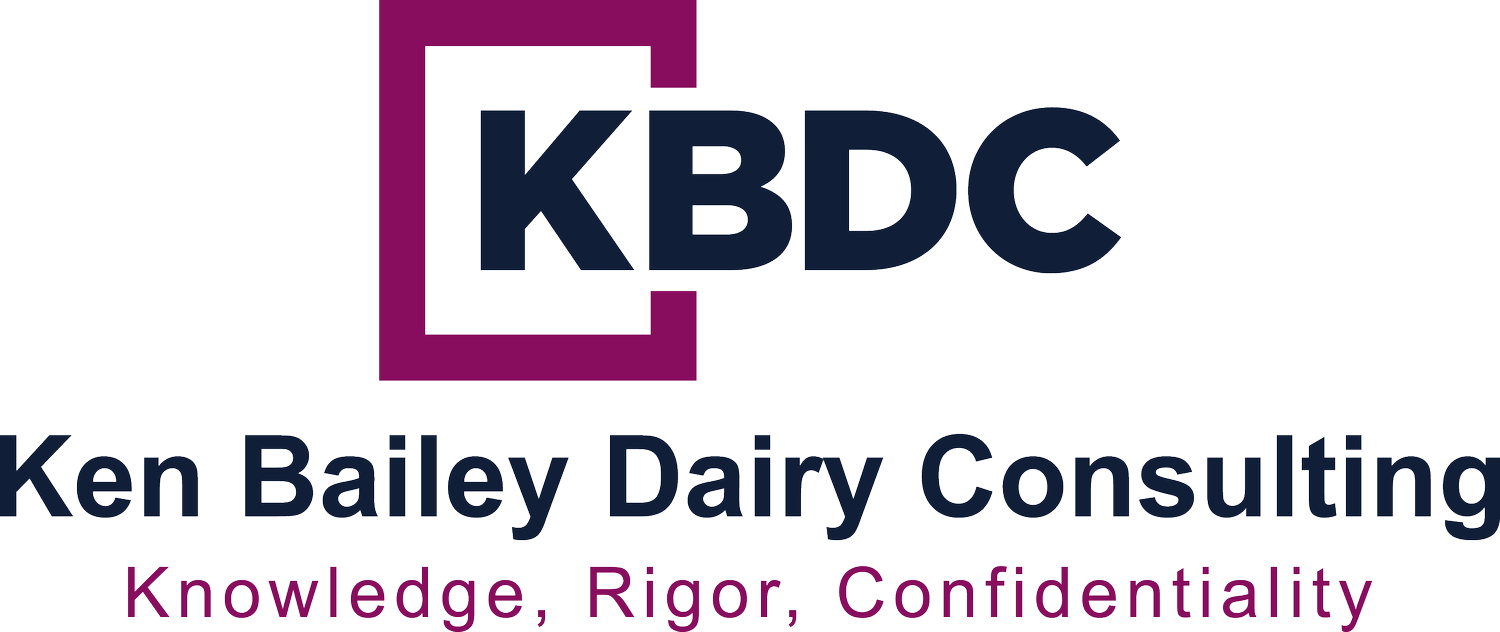risk management - week 1
September 12, 2022
Many senior leaders, including CFO’s and finance, know what commodity futures contracts are. But they may not really understand the objective of commodity risk management programs. In my mind, the objective is to use financial instruments (derivatives) to offset the value of a future sale, cost of production, or inventory during a specified period.
Say it’s June and the sales team makes a fixed price cheese export sale at $1.90/lb for delivery in October. They plan on a make cost of $1.85/lb in order to realize a gross margin of 5 cents/lb. But between June and October the cost of dairy components may change. So, as the risk manager, in order to lock in a fixed margin, you’ll need a CME futures contract. The fixed price sale (a short position) will be offset by a long CME cheese futures contract. By settlement in October, any gains or loss on the physical (the expected cost of manufacturing) will be offset by gains/losses on the derivative.
But what if you didn’t hedge the cost of manufacturing cheese and prices declined? Wouldn’t you make more than you planned? Maybe senior leadership expected you to forecast this decline. But if you did buy futures contracts, and prices fell, accounting/finance would report a loss. Would you be in trouble?
The point is, before creating a risk management plan for a company, be very clear what the objectives are. If it’s “to make more money,” then that sounds a lot like gambling. But if it’s to identify and lock in margins, like what we did here with cheese, then that’s risk management.
